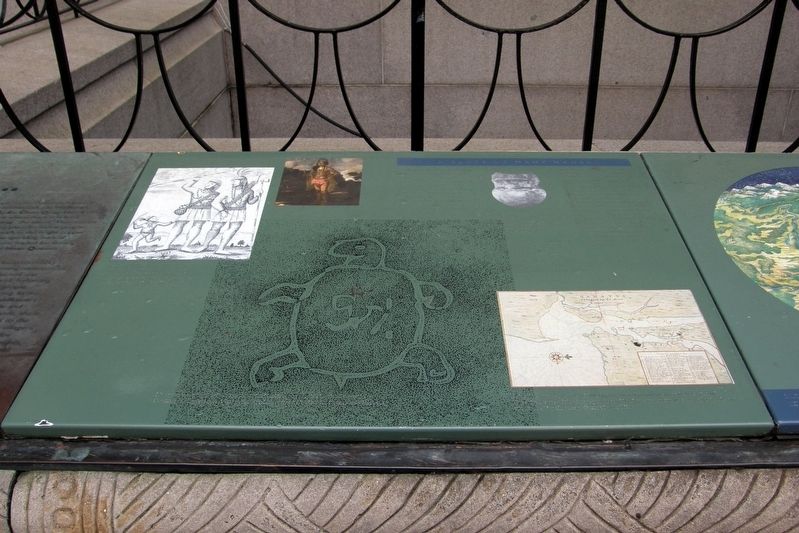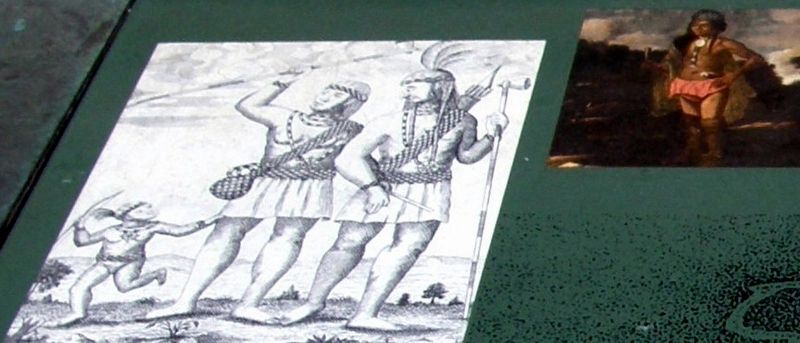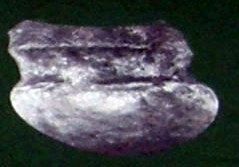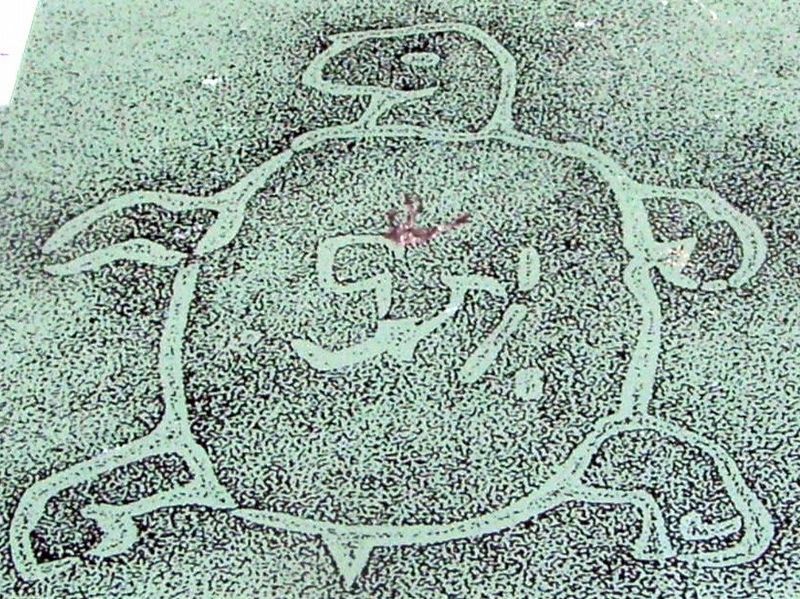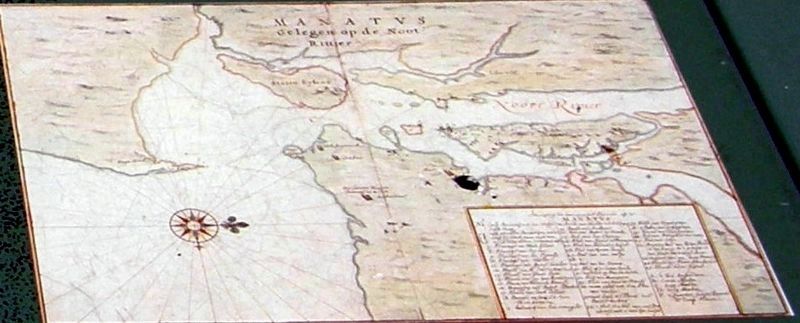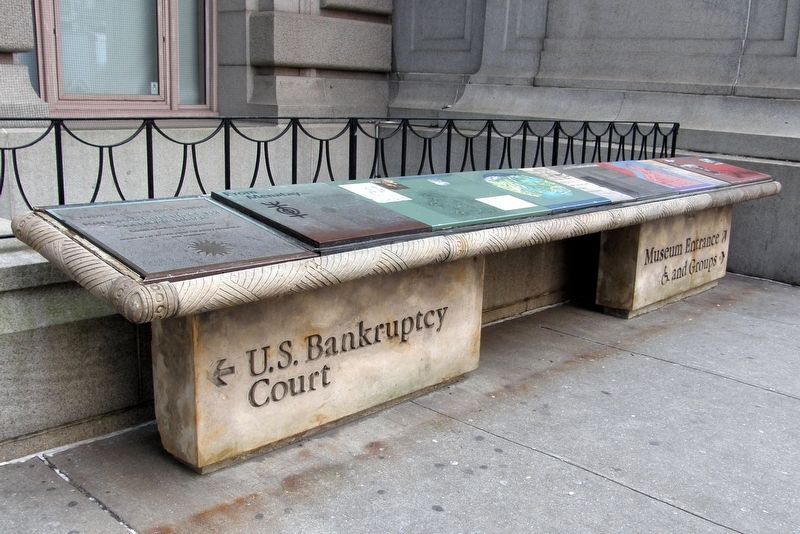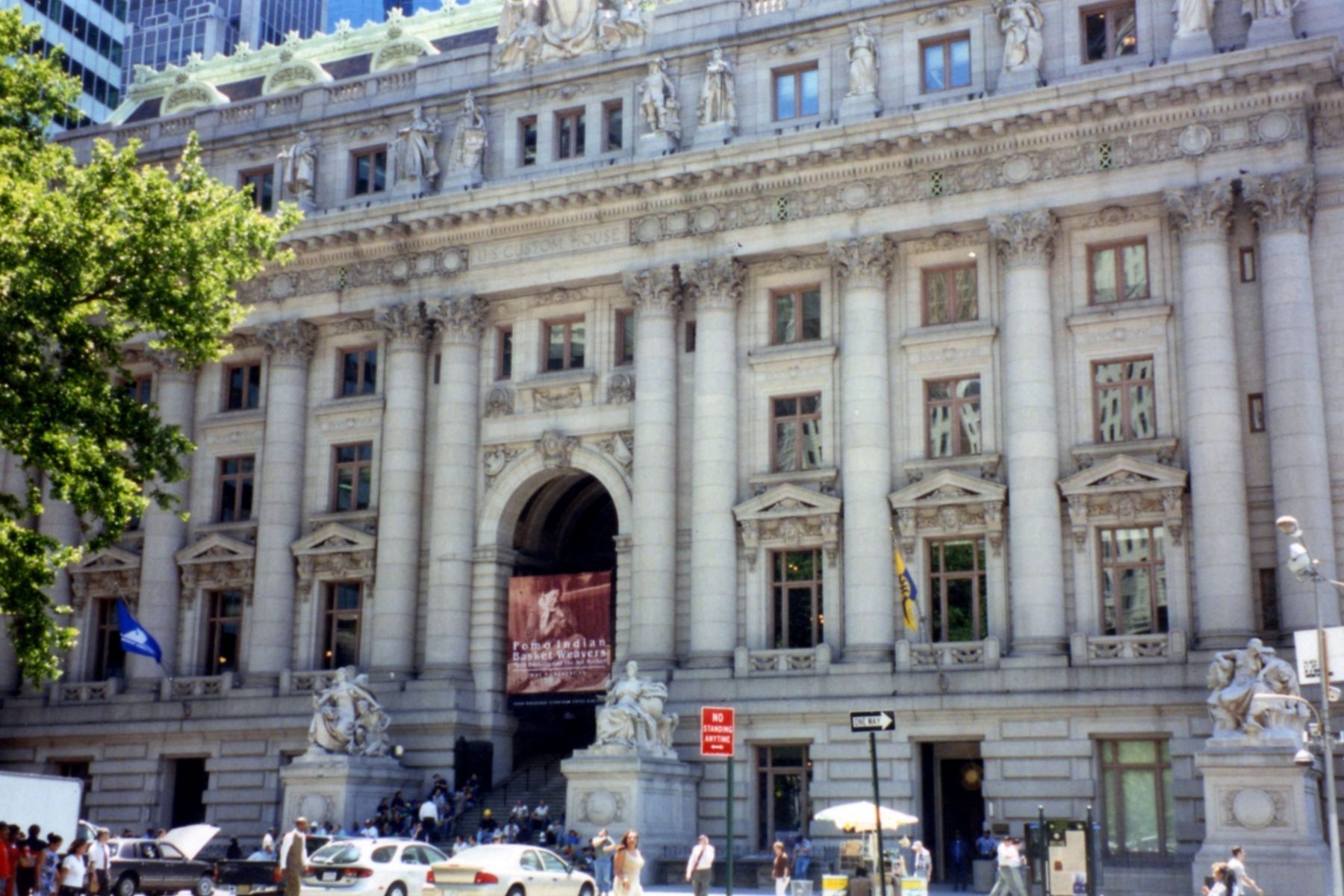Financial District in Manhattan in New York County, New York — The American Northeast (Mid-Atlantic)
A Place Of Many Names
New York City has been known by many names among native people. It was Kanonoge, “place of reeds,” to Mohawk people living up the Hudson River. It was Menatay (island) to the Delaware people. Algonquin-speaking Munsee people knew the island as Manatuouh, “place for gathering firewood,” and Manahachtanienk, “place of general inebriation.” These are typical of native placenames, which usually reflect environmental or social conditions – in the last case, a half-humorous, half-bitter awareness of the problems of alcohol.
Other Algonquin-speaking people sharing similar customs, cultures and beliefs journeyed to Manhattan. Mohegans and Pequots from eastern Connecticut, native Long Islanders like the Montauks and Shinnecocks, and other people living east to the sunrise navigated dugout canoes tow (sic) the place now called New York Harbor. Manicans journeyed down the river while Unami and other southern Delaware people paddled north. Algonquin dialects were similar enough for communication, but different enough to preserve tribal uniqueness.
Although languages such as Mohawk, spoken by the nearby Iroquois, differ from Algonquin tongues as much as English differs from Chinese, intertwining circles of trade, kinship and politics connect all the region’s people like beads on a sinew string. Today, many Indian names remain in the New York City area, such as Rockaway (sandy place) and Nyack (point of land). These place names remind native people of ancestors who together smelled the salt air of the same ocean.
Topics. This historical marker is listed in these topic lists: Native Americans • Waterways & Vessels.
Location. 40° 42.266′ N, 74° 0.813′ W. Marker is in Manhattan, New York, in New York County. It is in the Financial District. Marker is on Whitehall Street near Bowling Green, on the right when traveling south. The marker is one of several in a bank to the left of the main entrance to the National Museum of the American Indian. Touch for map. Marker is in this post office area: New York NY 10004, United States of America. Touch for directions.
Other nearby markers. At least 8 other markers are within walking distance of this marker. From Menatay… (here, next to this marker); Lower Manhattan Today (here, next to this marker); …to Manhattan (here, next to this marker); Menatay, An Island Crossroads (here, next to this marker); Drawn To The City (here, next to this marker); The Marketplace (a few steps from this marker); “North America” sculpted by Daniel Chester French (a few steps from this marker); Places of Exchange (within shouting distance of this marker). Touch for a list and map of all markers in Manhattan.
More about this marker. The inlay has faded so much the marker is very difficult to read.
Credits. This page was last revised on January 31, 2023. It was originally submitted on March 12, 2019, by Larry Gertner of New York, New York. This page has been viewed 248 times since then and 23 times this year. Last updated on March 18, 2019, by Larry Gertner of New York, New York. Photos: 1, 2, 3, 4, 5, 6. submitted on March 12, 2019, by Larry Gertner of New York, New York. 7. submitted on March 13, 2019, by Larry Gertner of New York, New York. • Andrew Ruppenstein was the editor who published this page.
